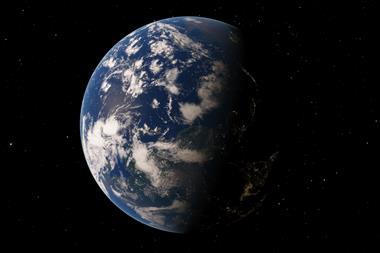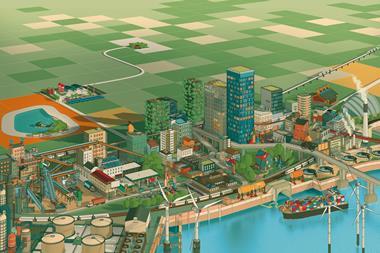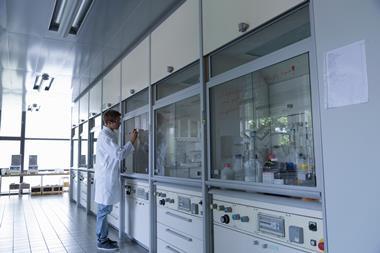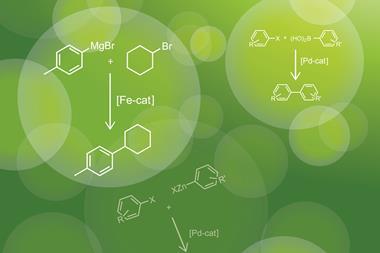Scientists based in Switzerland have developed a new metric for determining the environmental sustainability of chemical products. Of 492 widely-used chemicals evaluated with the new metric, the majority were judged to be unsustainable.
Earth’s carrying capacity can be described as a set of nine biophysical limits, or planetary boundaries, that include climate change, biogeochemical flows and stratospheric ozone depletion. While life cycle impact assessment is a widely used method for understanding the environmental burdens of chemicals and fuels, standard methods don’t consider these planetary boundaries so fail to accurately quantify a chemical’s absolute environmental sustainability. Researchers have therefore sought to develop absolute environmental sustainability assessments (AESA) to determine whether a chemical exceeds its share of the Earth’s ecological capacity by accounting for planetary boundaries.
The new metric developed by Gonzalo Guillén-Gosálbez, Javier Pérez-Ramírez and Victor Tulus from ETH Zurich is a multi-factor AESA method and they used it to evaluate 492 chemicals. ‘It is an exhaustive assessment of pretty much the main chemicals that you can find in the market,’ explains Pérez-Ramírez.
The group analysed the extent to which each of the chemicals exceeded seven of these planetary boundaries, known as the transgression level, and found that while the majority of the chemicals exceeded at least one planetary boundary, none transgressed all the planetary boundaries simultaneously.
Compellingly, the study recorded that most of the chemicals – including green hydrogen, methanol and other biofuels – transgressed the greenhouse gas-based planetary boundaries; climate change, ocean acidification and change in biosphere integrity. In fact, only three of the chemicals evaluated – hexamethyldisilazane, selenium and trimesoyl chloride – could be deemed absolutely environmentally sustainable.
Expected but still depressing
‘The outcome was mostly anticipated because we know that most of the chemicals produced nowadays are based on fossil fuels,’ notes Tulus. The group explain that sustainable chemical synthesis being more expensive than current technologies is a major limitation. Carbon would need to come from biomass, recycled plastics and CO2-capture but implementing such supply chains will cause large disruption to the chemical industry and other related-businesses. ‘We need incentives otherwise this transition will not happen naturally in a capitalist-based world,’ says Guillén-Gosálbez.
Interestingly, the group note that not all of the planetary boundaries are equally relevant when assessing the transgression level of different chemicals. This reaffirms that the greenhouse-gas based planetary boundaries are critical and should be the main focus of future research. At the same time, global warming potential does not correlate with all planetary boundaries and as such is not a good indicator of the absolute environmental sustainability of a chemical.
‘Planetary metrics applied for the assessment for various chemicals have significant benefits,’ comments Marek Tobiszewski from Gdańsk University of Technology in Poland, who has recently worked on a tool for assessing the greenness of organic synthesis processes. He describes the metric developed by the ETH Zurich team as ‘an absolute system that refers to certain capacities of the global environmental system. It can be applied for the assessment of virtually any chemical or process and no alternatives are required as references.’
The ETH team wants the chemical industry to embrace absolute environmental sustainability criteria when assessing chemicals. Single-factor metrics, such as global warming potential, should not be the only metric of concern, they say.
‘Hopefully this [work] is a role model for future sustainability studies,’ adds Pérez-Ramírez. ‘Almost 100% of the chemicals violate at least one of the planetary boundaries. The outcome is quite depressing and alarming and I think that gives a little bit more sense of urgency.’
References
This article is open access
V Tulus, J Pérez-Ramírez and G Guillén-Gosálbez, Green Chem., 2021, DOI: 10.1039/d1gc02623b












No comments yet